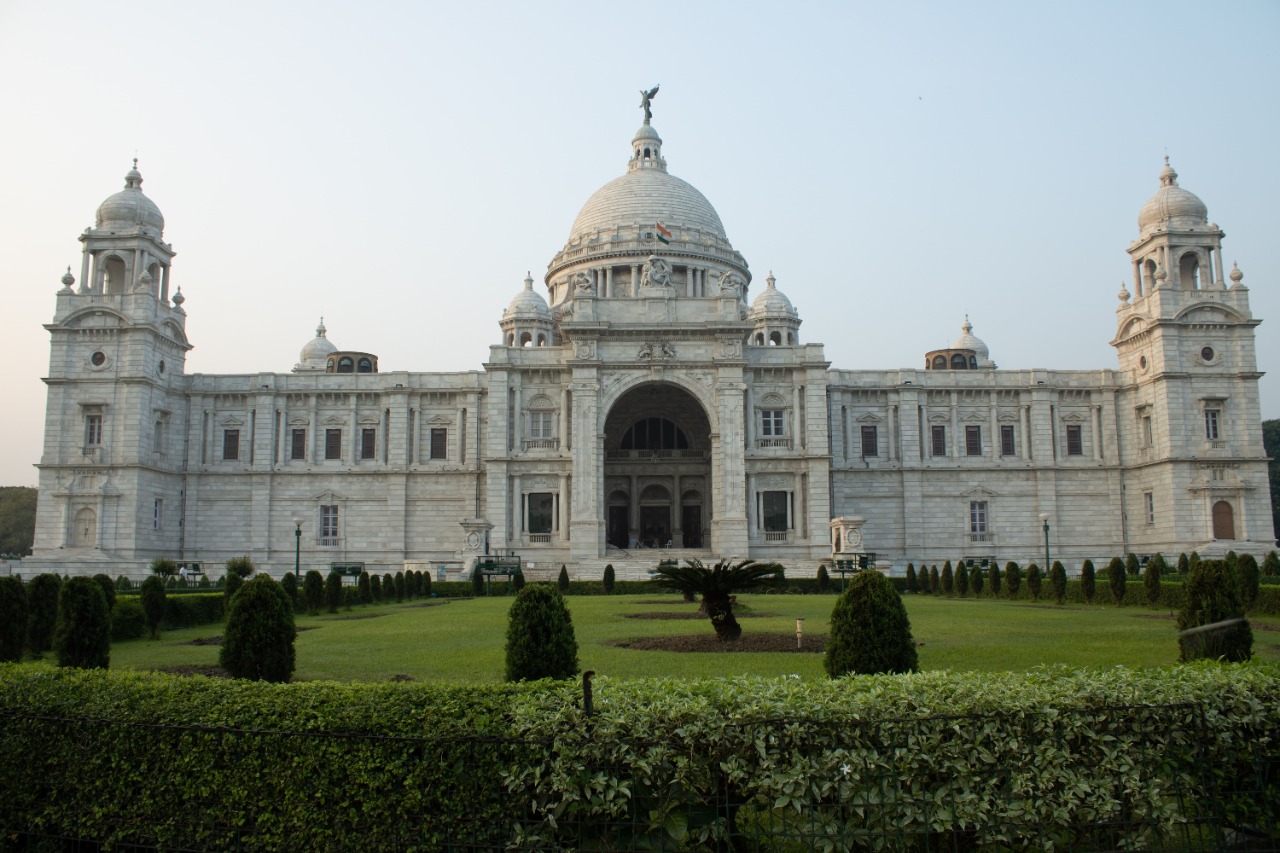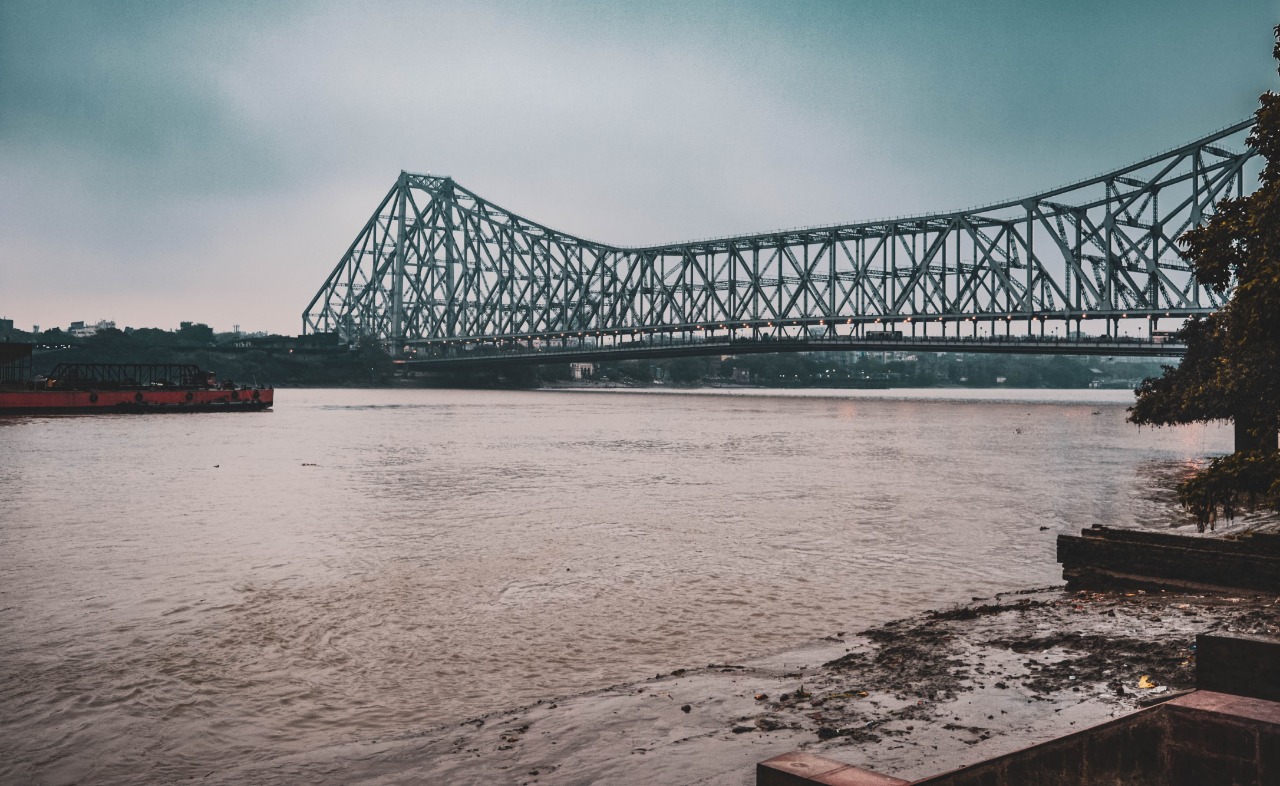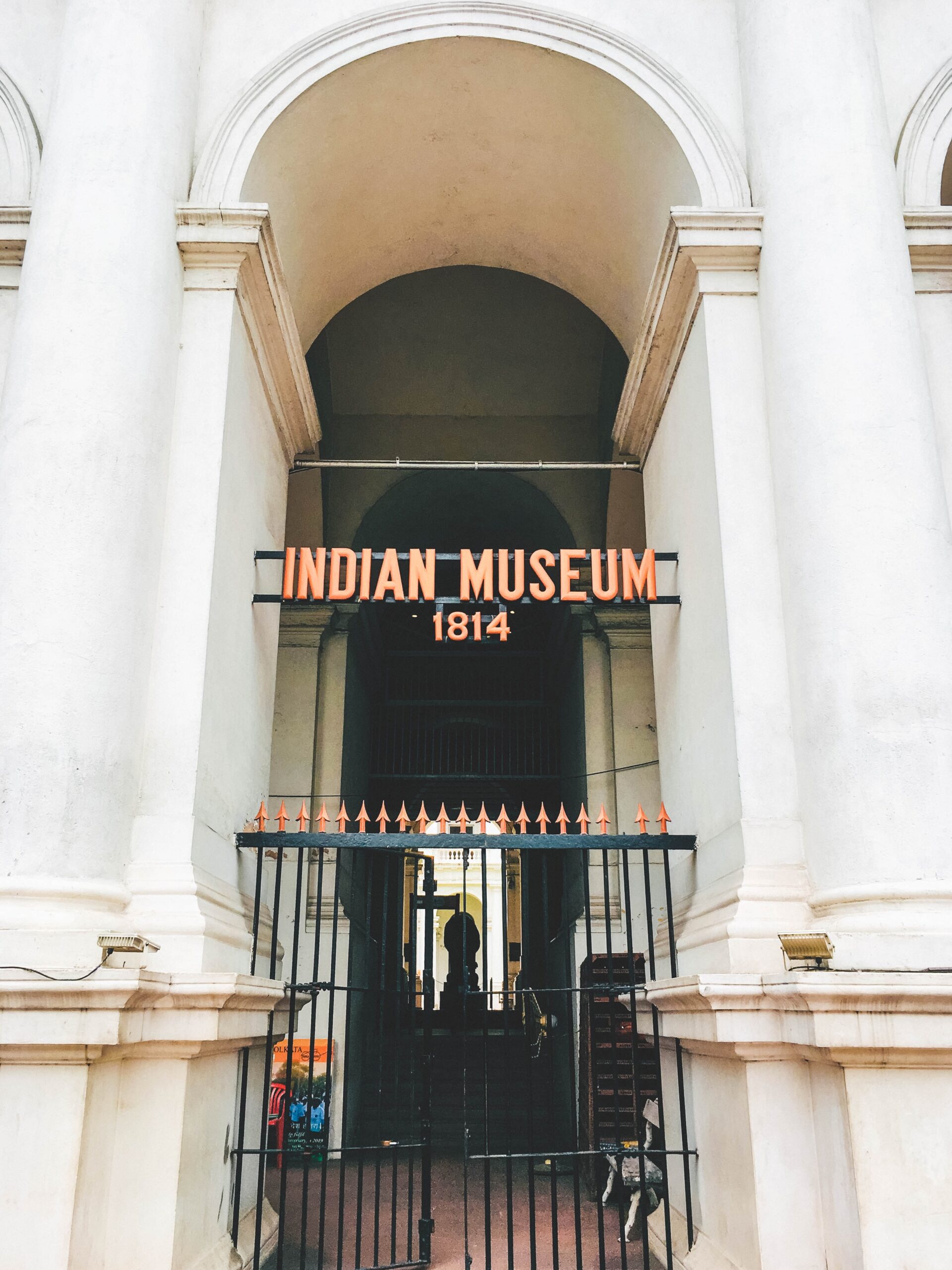Kolkata has a rich history and has noteworthy locations scattered throughout the city. If you’re visiting Kolkata for the first time, this travel guide is ideal.
Kolkata is an unorganized city. Although not as large as Mumbai or Delhi, the city’s people, culture, and history make it thrive. The city, which is approximately 300 years old, is a unique fusion of a gloriously fading past and a bright new future. The British constructed some incredible structures during their heyday, and Kolkata is proud to display the colonial-era architecture today.
Book Kolkata tour packages with Dreamz Yatra at best price.
Some of the best writers, poets, performers, and pieces of literature have come from this dynamic city. There is no denying that Kolkata is the centre of all cultural activities in the nation even now. Kolkata is also a culinary haven.
How to reach Kolkata?
By Air Kolkata is found in West Bengal, which is in the country of India’s east. An international airport serves Kolkata (Netaji Subhash Chandra International Airport). Esplanade, which is thought to be virtually in the centre of the city, is located 16 kilometers from Kolkata Airport.
Otherwise, there are frequent flights between Kolkata and other Indian cities.
By Train
India has a vast railway system, making it possible to travel throughout the country by train. Howrah Station is the busiest of Kolkata’s three major railway stations, which are Sealdah, Kolkata Terminus, and Howrah. Trains run frequently between all three stations from virtually every region of India.
By Bus
If the journey is greater than 200 kilometres, I wouldn’t advise using the bus. Nevertheless, there are buses that travel from nearby towns to Kolkata.
When is the best time to visit?
Kolkata experiences warm weather practically the entire year due to its tropical environment. Summer, monsoon, and winter are the three main seasons of the city, with very little autumn and spring. The summers are very hot and muggy. The monsoon season will be damp and sticky. The winters are frigid with no clouds.
The months of October through March are the ideal time to visit Kolkata.
October and November: The weather is pleasant and the skies are clear because it is October. However, there is still humidity. The Bengalis’ biggest and busiest celebration, Durga Puja, is celebrated in October, making this one of the greatest times to visit Kolkata (sometimes it is late September as well).
December to March: The winter season, which lasts from December to mid-February, is when the temperature stays cold and dry. The ideal time to visit Kolkata is right now. In Kolkata, several fairs and celebrations take place during this season. One of the biggest book fairs, the Kolkata Book Fair, takes place in January.
Book West Bengal tour packages with Dreamz Yatra at best price.
April to May: Kolkata is really hot and muggy right now because it is the summer. The most frequent challenge you’ll encounter is perspiration, and daytime city exploration may be fairly strenuous.
June to September: Normally during the monsoon season, but during the past two years, it has been pushed into mid-July. Once more, the weather is hot and muggy, and rain can ruin your outdoor plans. But in modern times, tourists still venture out in good weather. Therefore, if you are visiting at this period, bring
Top Tourist Attractions in Kolkata
Kolkata, as I already stated, is a fusion of the old and new. The old, dilapidated section of the city is one that is still clinging to its past. There are several boulevards and lanes, historic, connected residences, and crowded roadways in this area. Definitely the older Calcutta may be found here. The other area is the posh, up-to-date Kolkata, complete with flyovers, shopping centres, contemporary buildings, and apartments.
Victoria Memorial
The Victoria Memorial, one of the city’s most opulent and impressive monuments, is a must-see destination in Kolkata. One of the most magnificent structures the British erected in Calcutta is the building made of white marble. Queen Victoria ruled India for 25 years, and the Victoria Memorial was constructed in her honour. The white marble building is surrounded by well-kept gardens and spans a 64-acre area.

Kalighat Temple
One of Kolkata’s most cherished temples is the Kalighat Temple, where Goddess Kali is regarded as the city’s protector deity. Although it is frequently asserted that Kalighat is where the city’s name originated, this information is untrue historically. Hinduism considers Kalighat Temple to be one of its 52 Shakti Peethas. Devi Sati’s right foot fell in this area as Lord Shiva performed the Rudra Tandava.
Howrah Bridge
The Howrah Bridge is arguably Kolkata’s most recognizable building. It was constructed on the other side of the Hooghly River and serves as Kolkata’s entryway to Howrah Station. With thousands of people using it to enter and exit Kolkata, the Howrah Bridge is thought to be the fourth busiest cantilever bridge in the world. The span is 62 feet wide and 1528 feet long.
You might need to cross the Howrah Bridge to get into Kolkata if you’re arriving by train. From a boat on the Hooghly River, you may get a fantastic view of the famous bridge.

Dalhousie Square
In reality, Kolkata is a city of numerous firsts. It was India’s first city to have a Page 3 publication. It was the first Indian city to have an actual Italian restaurant (not a Domino’s or Pizza Hut), and it was also the first to have a metro line. And the Dalhousie region can attest to many of these firsts.
During the British era, the area around Dalhousie Square was referred to as the “White Town.” Following the Battle of Plassey, the British relocated Bengal’s capital to Calcutta, where they aimed to create the “Second City of the Empire.” The Dalhousie Square neighbourhood is home to several examples of colonial architecture, which serves as proof that they were effective.
Indian Museum
The largest and oldest multidisciplinary museum not just in India but also in the Asia Pacific area was created in 1814 and is known as the Indian Museum. It is affectionately called “Jadughar” in Kolkata. The museum houses a variety of ancient and modern paintings (including some Moghul paintings), Buddha artefacts, Egyptian mummies, and antiquity sculptures. The museum also houses an exceptional collection of artefacts, decorations, fossils, skeletons, and many other things. The museum has 35 galleries as of right now.

Kumartuli
You must be aware of Kolkata’s well-known Durga Puja if you are reading about the city. The place where the Durga idols are created called Kumartuli. The location is where the “kumors,” or potters, lived after relocating there in the early eighteenth century. The alleyways and mazes of Kumartuli become active with idol builders working on their crafts before the Durga Puja (held in October). Visit Kumartuli to observe the idol makers at work. However, take care to avoid damaging the idols in any way while you travel.
Mallick Ghat Flower Market
The MullickGhat Flower Market, a chaotic and noisy flower market, is situated immediately beneath the Howrah Bridge. It is undoubtedly a photographer’s paradise and is Kolkata’s biggest flower market. The market opens at four in the morning as local flower vendors arrive with their goods, in this case a variety of flowers. The market is jam-packed, filthy, and entirely disordered, but it is here that you may witness a vibrant and unpretentious Kolkata.
St. Paul’s Cathedral
St. Paul’s Cathedral, which is opulent and stunning, is located not far from the Victoria Memorial. It is regarded as being the Eastern Hemisphere’s first Episcopal Church. The all-white church has a grand appearance and lovely construction. You are welcome to visit the church and spend some time alone there. There is no photography permitted inside the church.
Also Visit – Car Rental Service in Kolkata
John’s Church
One of Kolkata’s earliest churches was St. John’s Church. It is a place of great historical significance in addition to being a place of worship. The church serves as a storage facility for ancient Kolkata-related historical papers. The area where the church now stands was formerly used as a cemetery. The tomb of Job Charnock, who is thought to have founded Kolkata, is one of several graveyards that still exist in the garden surrounding the church.
Dakshineswar Temple
Dakshineswar Kali Temple, another well-known and venerated temple in Kolkata, is among the city’s oldest. Dakshineswar Temple was established in 1855 by Rani Rashmoni, and its principal pandit was the revered ascetic Ramkrishna Deb. It is situated on the Hooghly River’s banks about 20 kilometres from the heart of Kolkata. The renowned Belur Math is located on the riverside across from the temple. There are several tourists to Dakshineswar Temple practically every day. You can go to both Belur Math and the Temple simultaneously. From Dakshineswar Ferry Ghat to Belur Math Ghat, there are ferry services available.
Belur Math
Ramkrishna Math and Mission’s administrative centre, Belur Math, stands for the notion of Universal Faith. Swami Vivekananda, a well-known Sri Ramkrishna follower who had brought Hinduism to the West, was the brains behind the Belur math. In order to represent the unity of all religions, Belur Math, which is likewise situated on the banks of the Hooghly River, is known as a “Symphony in Architecture” because it blends Hindu, Islamic, Christian, and Buddhist.